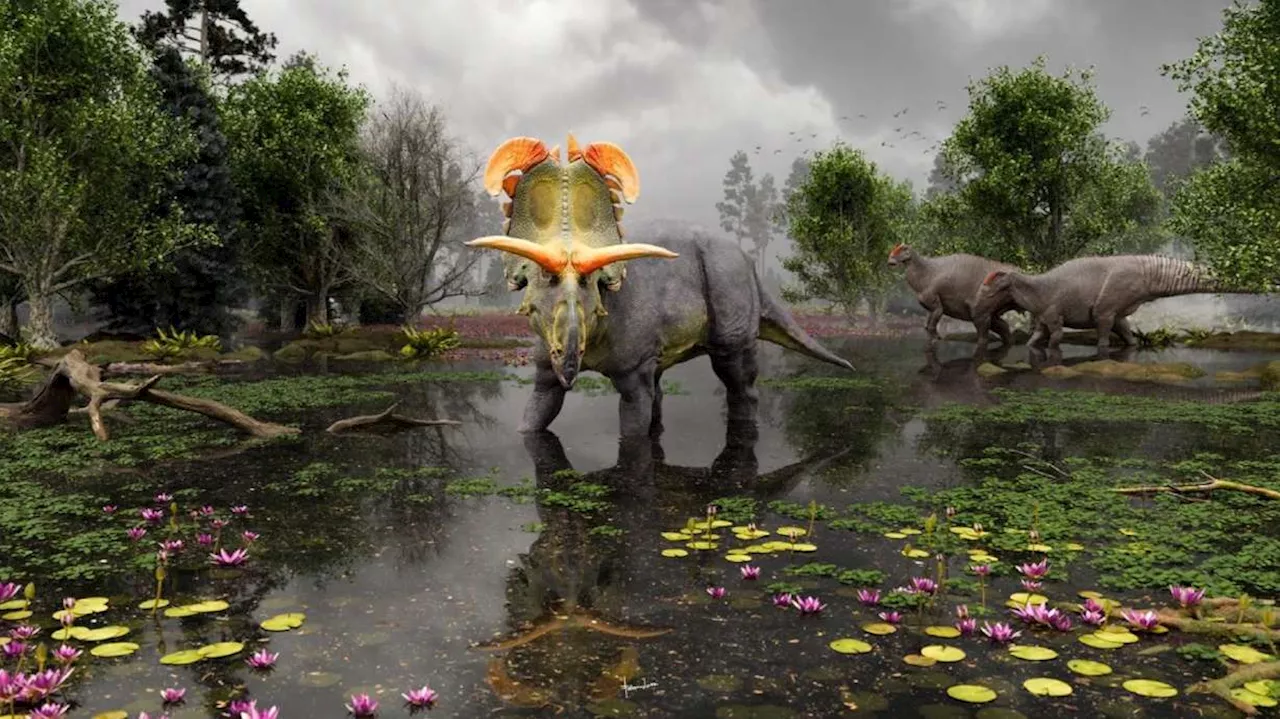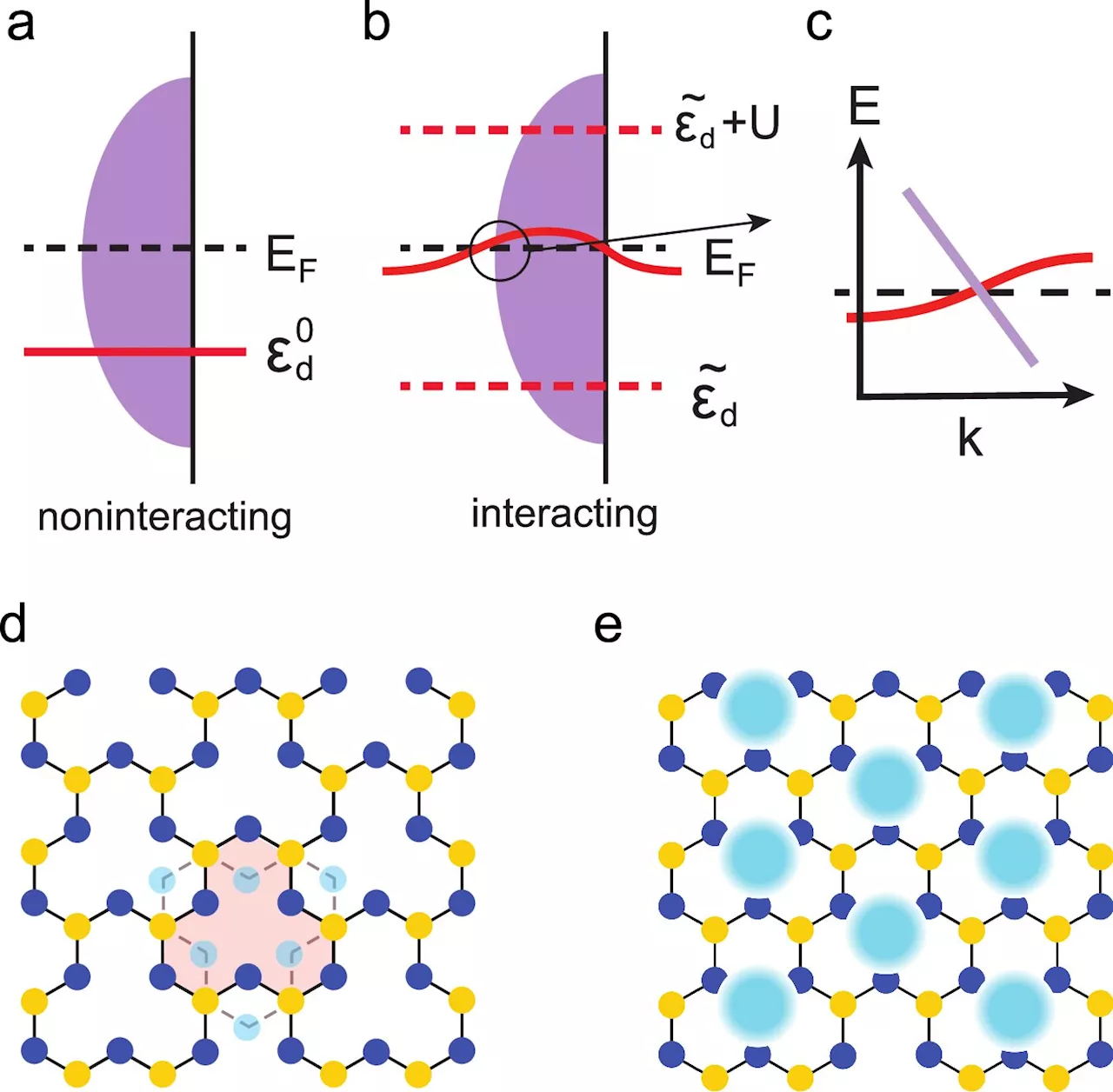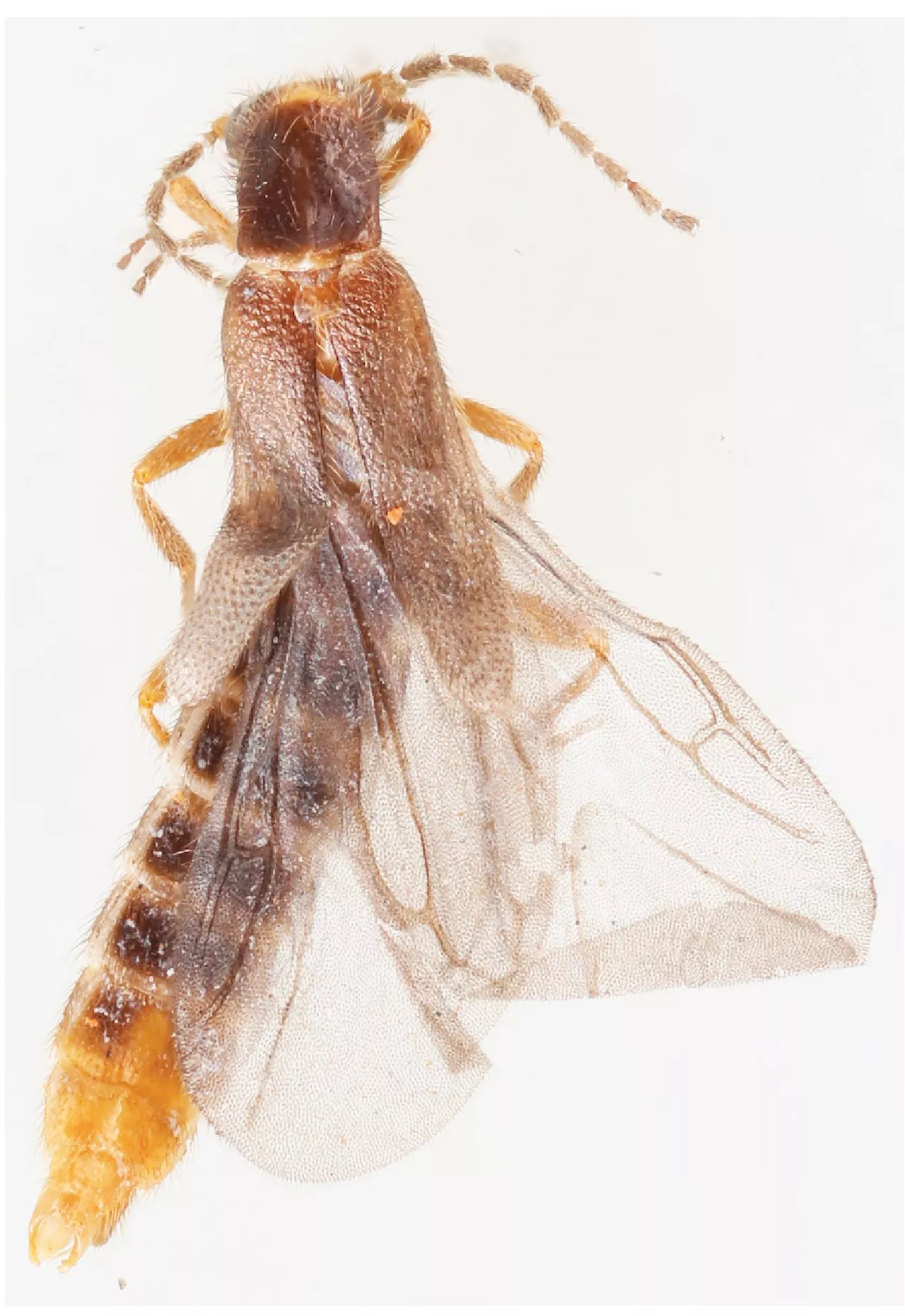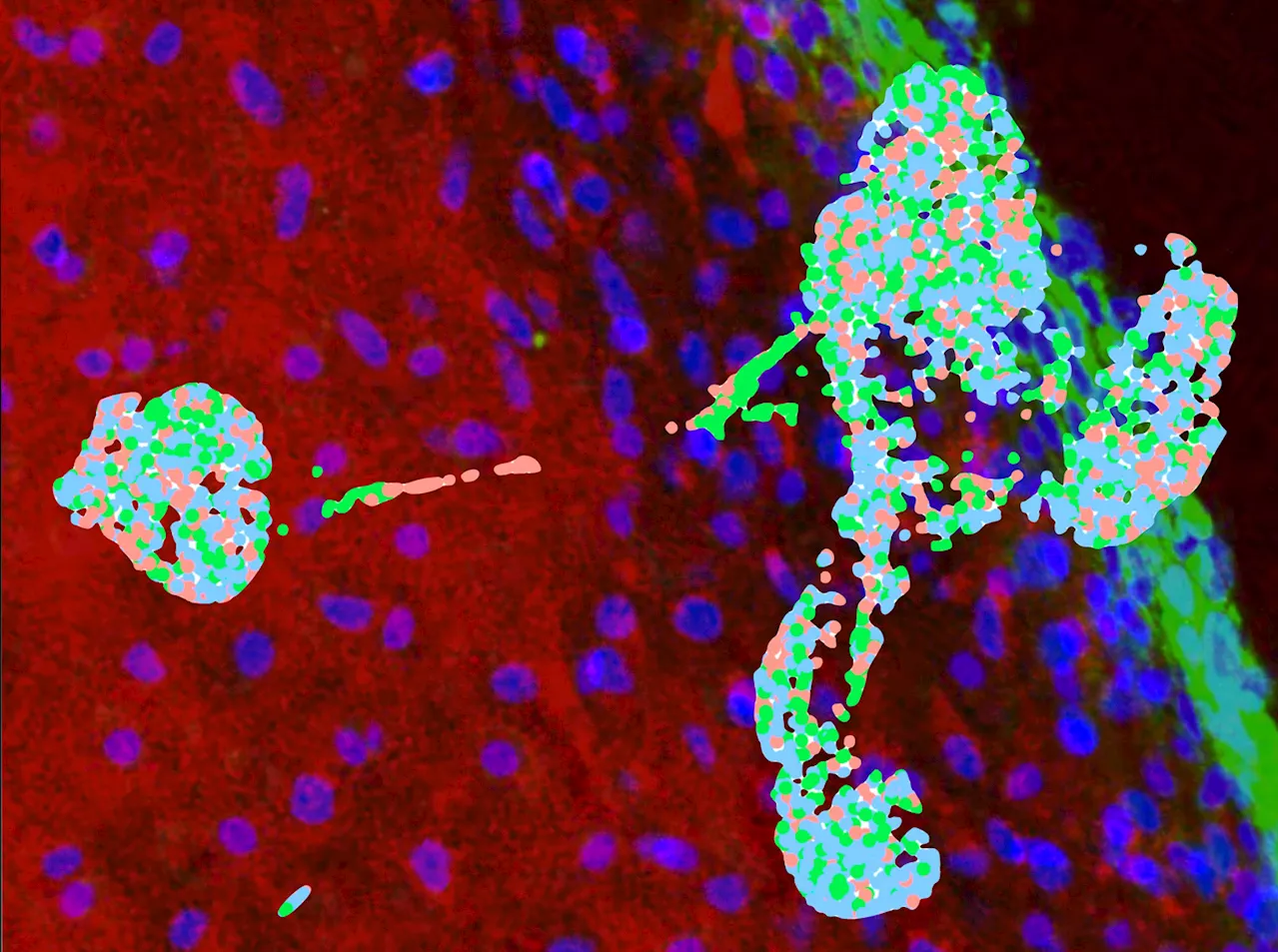Science, Space and Technology News 2024
This image shows a graph of gene expression patterns of organoids created in a University of Montana lab transitioning to become cells that form human cartilage. It’s overlaid on a picture of an organoid showing distinct outer and inner layers. Credit: Courtesy of Mark Grimes
“The cells that normally give rise to this type of cartilage are called neural crest cells,” Grimes said. “We found a novel method for generating craniofacial organoids from neural crest cells.” To accomplish this, the team used extensive analysis of biological markers and machine-learning pattern-recognition techniques to understand the cell signaling pathways involved when cells differentiate into cartilage.
United States Latest News, United States Headlines
Similar News:You can also read news stories similar to this one that we have collected from other news sources.
 How Utah researchers helped discover a new 78 million-year-old dinosaur speciesUtah researchers helped lead a study outlining a previously unknown dinosaur species that once roamed the West.
How Utah researchers helped discover a new 78 million-year-old dinosaur speciesUtah researchers helped lead a study outlining a previously unknown dinosaur species that once roamed the West.
Read more »
 Using supercomputer researchers discover new clues to improving fusion confinementNuclear fusion—when two nuclei combine to form a new nucleus, thereby releasing energy—may be the clean, reliable, limitless power source of the future. But first, scientists must learn how to control its production.
Using supercomputer researchers discover new clues to improving fusion confinementNuclear fusion—when two nuclei combine to form a new nucleus, thereby releasing energy—may be the clean, reliable, limitless power source of the future. But first, scientists must learn how to control its production.
Read more »
 Researchers discover new flat electronic bands, paving way for advanced quantum materialsIn a study published in Nature Communications, a team of scientists led by Rice University's Qimiao Si predicts the existence of flat electronic bands at the Fermi level, a finding that could enable new forms of quantum computing and electronic devices.
Researchers discover new flat electronic bands, paving way for advanced quantum materialsIn a study published in Nature Communications, a team of scientists led by Rice University's Qimiao Si predicts the existence of flat electronic bands at the Fermi level, a finding that could enable new forms of quantum computing and electronic devices.
Read more »
 Researchers discover new flat electronic bands, paving way for advanced quantum materialsScientists predict the existence of flat electronic bands at the Fermi level, a finding that could enable new forms of quantum computing and electronic devices.
Researchers discover new flat electronic bands, paving way for advanced quantum materialsScientists predict the existence of flat electronic bands at the Fermi level, a finding that could enable new forms of quantum computing and electronic devices.
Read more »
 Researchers discover mysterious new beetle species in GuatemalaTogether with a Brazilian–German team, Senckenberg researcher Vinicius S. Ferreira has described a new species from the glowworm beetle genus Adendrocera. This group of insects is rare and only documented by very few specimens in scientific collections.
Researchers discover mysterious new beetle species in GuatemalaTogether with a Brazilian–German team, Senckenberg researcher Vinicius S. Ferreira has described a new species from the glowworm beetle genus Adendrocera. This group of insects is rare and only documented by very few specimens in scientific collections.
Read more »
 Researchers discover a new form of scientific fraud: Uncovering 'sneaked references'A researcher working alone—apart from the world and the rest of the wider scientific community—is a classic yet misguided image. Research is, in reality, built on continuous exchange within the scientific community: First you understand the work of others, and then you share your findings.
Researchers discover a new form of scientific fraud: Uncovering 'sneaked references'A researcher working alone—apart from the world and the rest of the wider scientific community—is a classic yet misguided image. Research is, in reality, built on continuous exchange within the scientific community: First you understand the work of others, and then you share your findings.
Read more »
